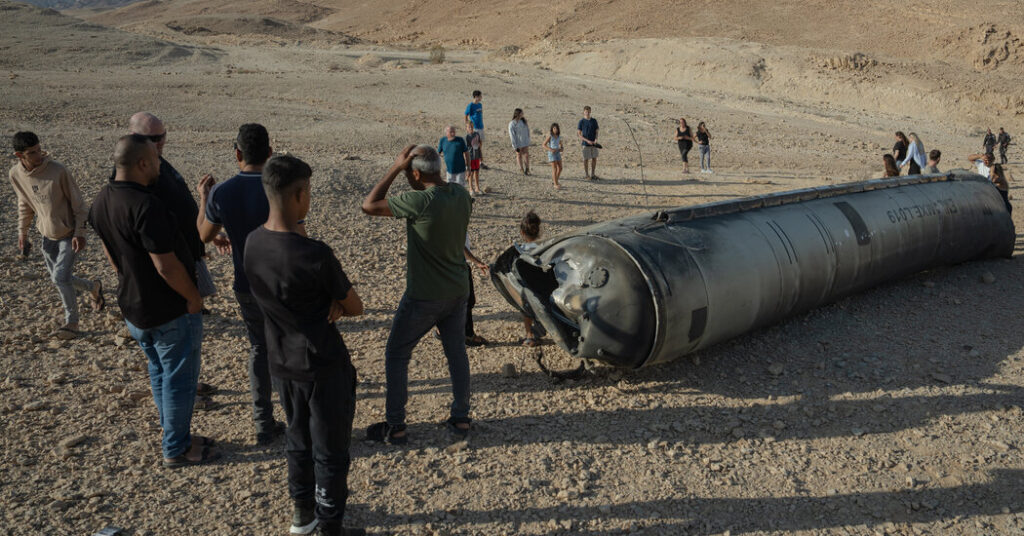NepalIsrael.com auto goggle feed
It has been nearly a month since Israel sent more than 100 jets and drones to strike Iranian military bases, and the world is still waiting to see how Iran will respond.
It is a loaded pause in the high-risk conflict this year between the two Middle East powers. Israel’s counterattack came more than three weeks after Iran launched over 180 ballistic missiles — most of which were shot down — on Oct. 1 to avenge the killings of two top Hezbollah and Hamas leaders.
The first volley of strikes came in April, when Iran decided to avenge an attack on one of its diplomatic compounds by directly bombarding Israel with at least 300 missiles and drones. Even then, Israel waited days, not hours, to respond.
Not long ago, analysts might have predicted that any direct strike by Iran on Israel, or by Israel on Iran, would have prompted an immediate conflagration. But it has not played out that way.
Partly that is the result of frantic diplomacy behind the scenes by allies including the United States, Saudi Arabia, Qatar and the United Arab Emirates. But the calculated, limited strikes also reflect the fact that the alternative — a war of “shock and awe” between Israel and Iran — could lead to dire consequences not just for the region but also much of the world.
“The nature of the attacks seem to speak to a shared acknowledgment of the acute risk of an even deeper regional war that both sides still probably want to avoid,” said Julien Barnes-Dacey, the Middle East director at the European Council on Foreign Relations.
The post”Israel and Iran Seemed on the Brink of a Bigger War. What’s Holding Them Back?” is auto generated by Nepalisrael.com’s Auto feed for the information purpose. [/gpt3]




